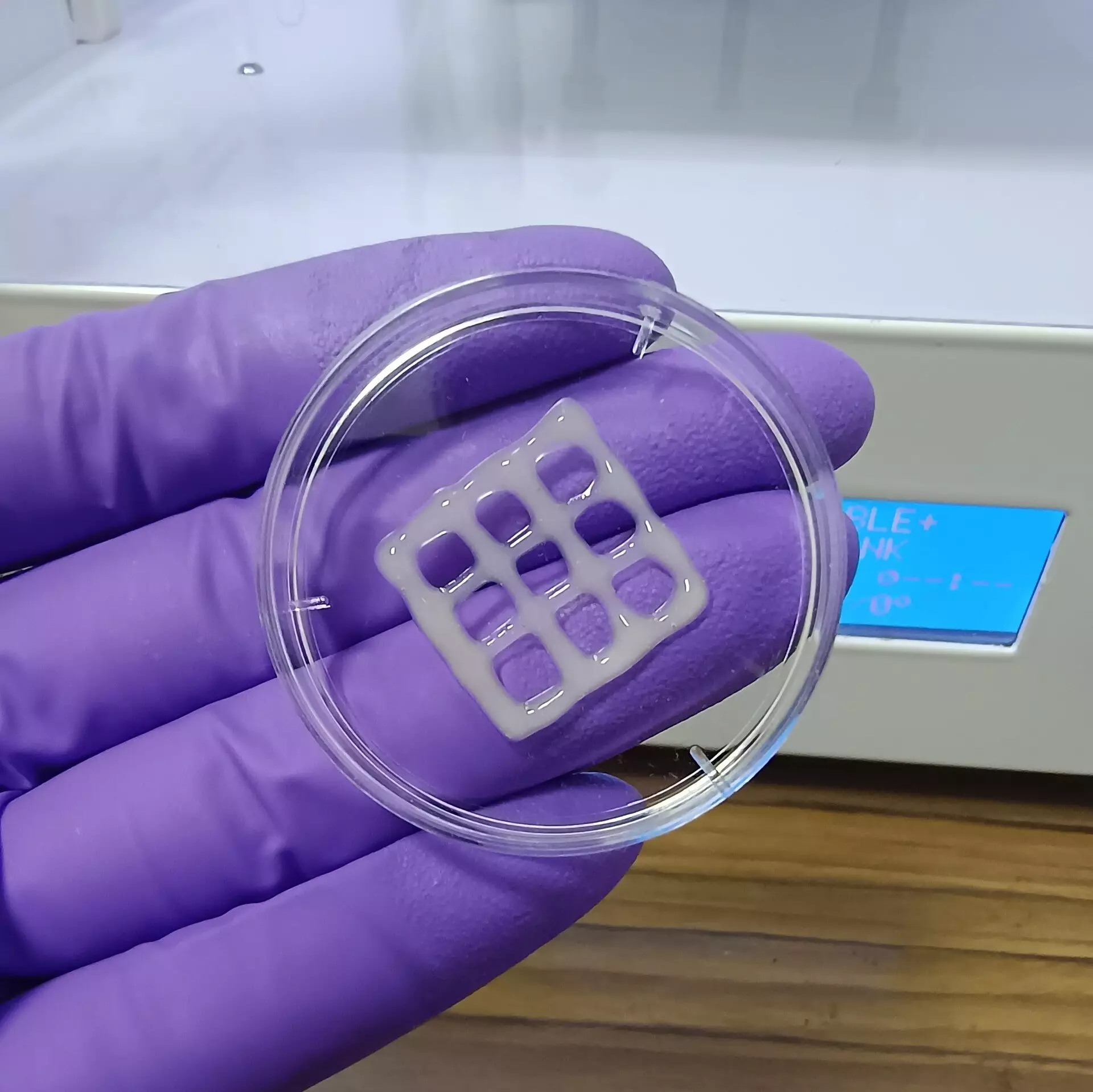Lung diseases represent one of the most significant causes of morbidity and mortality globally, affecting millions of individuals each year. Chronic conditions such as chronic obstructive pulmonary disease (COPD) and cystic fibrosis devastate lives and place substantial burdens on healthcare systems. Despite the existence of various treatments aimed at alleviating symptoms, a definitive cure remains elusive. Current methodologies predominantly employ animal models, particularly rodents, that often fail to replicate the complex pathophysiology of human lung conditions effectively. This indicates a pressing need for more sophisticated and relevant models for research and drug testing.
For many patients, lung transplants present a crucial, albeit limited, treatment option due to the scarcity of available donor organs. Consequently, reliance on pharmaceutical interventions and symptomatic treatments has become the norm. However, the inability to cure diseases like COPD and cystic fibrosis emphasizes the urgent need for innovative approaches in both research and clinical practice. The traditional reliance on animal models may compromise the development of effective therapies, resulting in a gap in understanding disease mechanisms and potential treatments that are effective in human applications.
Bioengineering offers a new approach to overcome many of the obstacles currently faced in lung disease research. By creating synthetic lung tissue in the laboratory environment, researchers aim to develop models that provide more accurate representations of human lung pathology. Among various techniques, 3D bioprinting stands out by enabling the construction of complex tissue structures. Nonetheless, a significant barrier in this process has been identifying a suitable bioink that not only supports cell viability but also mimics the natural extracellular matrix found in lung tissues.
In a groundbreaking study published in ACS Applied Bio Materials, a team of researchers led by Ashok Raichur has made significant strides in developing a new mucus-based bioink for 3D printing lung tissue. This bioink leverages mucin, a pivotal component of mucus, which has remained largely underutilized in bioprinting endeavors. Unlike traditional bioinks, the incorporation of mucin creates a favorable environment for cellular attachment and proliferation owing to its structural similarities to epidermal growth factor (EGF), a protein integral to cell growth.
To synthesize the bioink, the team combined mucin with methacrylic anhydride to form methacrylated mucin (MuMA). This innovative step allowed them to create a bioink that exhibits both enhanced viscosity and bioactivity. The addition of hyaluronic acid further amplified these properties, promoting cellular adhesion and growth—crucial for the subsequent scaffolding of lung tissue.
Upon 3D printing test patterns using this newly formulated bioink, the structures underwent a crosslinking procedure activated by blue light. The result was a porous gel that not only maintained structural integrity but also facilitated the diffusion of vital nutrients and oxygen, which are essential for sustaining cell viability. Importantly, the researchers confirmed that this printed material was non-toxic and demonstrated a slow degradation rate that aligns with physiological conditions, paving the way for its potential use in actual implants.
The implications of this research are broad-reaching. Beyond serving as a model for studying the intricacies of lung diseases, the bioink could also aid in evaluating promising therapeutic strategies, thus bridging the gap between laboratory research and clinical application. By enabling more relevant testing conditions, this work could ultimately accelerate the development of effective treatments aimed at alleviating the burden of lung diseases.
The development of this mucin-based bioink represents a significant leap forward in the quest to create functional lung tissue in laboratory settings. As we strive for innovations that can encapsulate the true complexity of human pulmonary ailments, the contributions from bioengineers and researchers like Raichur’s team will be essential in transforming the landscape of lung disease treatment. In the face of relentless challenges posed by these conditions, such advancements symbolize hope, paving the way towards the discovery of viable cures and improved quality of life for millions affected worldwide.


Leave a Reply